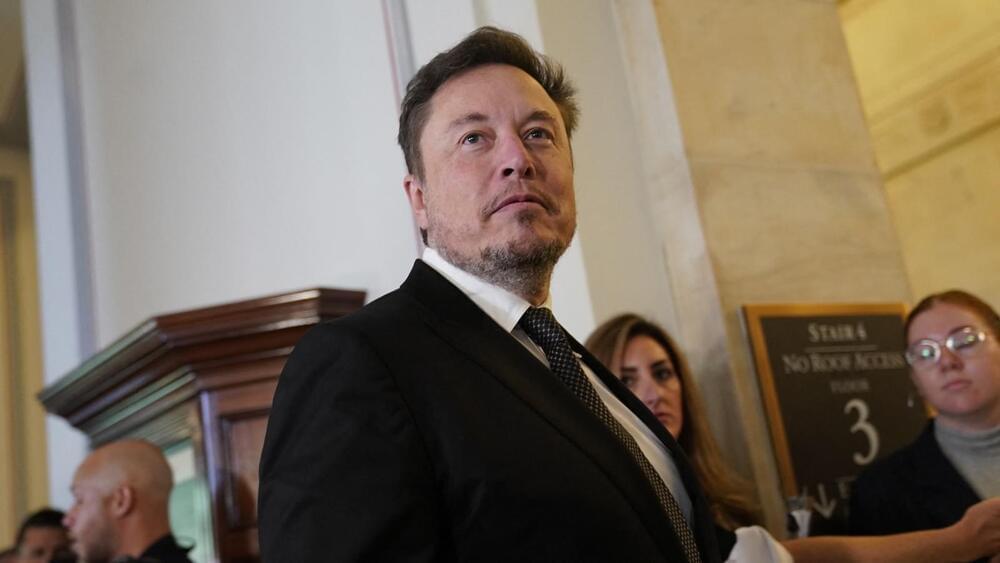Musk-led Tesla is giving away the $12,000 worth of driver-assistance system as a one-month free trial for every customer in the US.
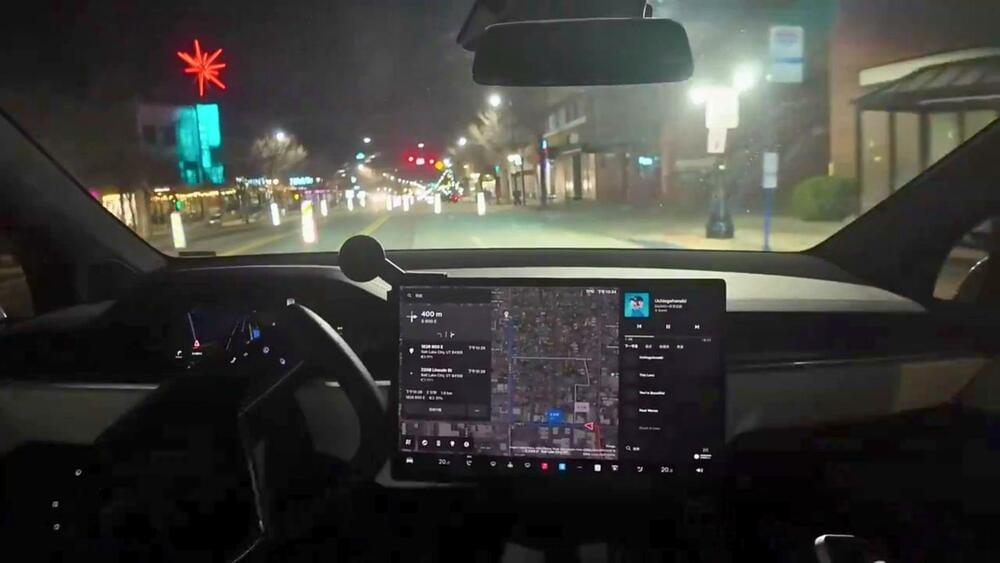

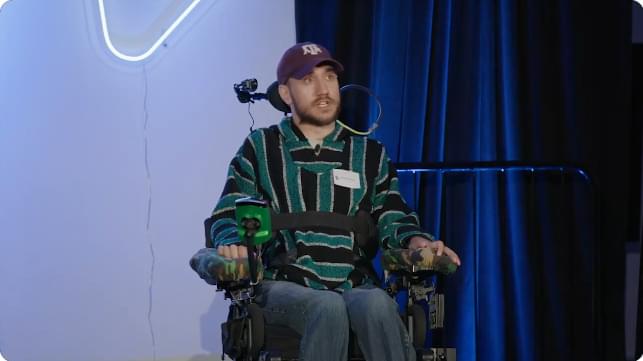
The first human recipient of a Neuralink brain implant has shared new details on his recovery and experience of living with the experimental assistive tech, which has allowed him a greater level of freedom and autonomy, including the ability to pull an all-nighter playing Sid Meier’s Civilization 6.
Neuralink co-founder Elon Musk took to X/Twitter in January to reveal that the company had implanted its first brain-computer interface in the head of a human patient, who was “recovering well” following the surgery. The billionaire also hinted at the time that the implant was functioning well and had detected a “promising neuron spike”. In a subsequent February update, Musk commented that the unnamed patient had seemingly made a full recovery, and was even able to use the implant to manipulate a computer cursor with thought alone.
Finally, on March 20, Neuralink posted its own update to X in the form of a nine-minute livestream in which 29-year-old implant recipient Noland Arbaugh used the technology to play a digital version of chess, while discussing how living with the experimental aide had changed his life.
The term “artificial general intelligence” (AGI) has become ubiquitous in current discourse around AI. OpenAI states that its mission is “to ensure that artificial general intelligence benefits all of humanity.” DeepMind’s company vision statement notes that “artificial general intelligence…has the potential to drive one of the greatest transformations in history.” AGI is mentioned prominently in the UK government’s National AI Strategy and in US government AI documents. Microsoft researchers recently claimed evidence of “sparks of AGI” in the large language model GPT-4, and current and former Google executives proclaimed that “AGI is already here.” The question of whether GPT-4 is an “AGI algorithm” is at the center of a lawsuit filed by Elon Musk against OpenAI.
Given the pervasiveness of AGI talk in business, government, and the media, one could not be blamed for assuming that the meaning of the term is established and agreed upon. However, the opposite is true: What AGI means, or whether it means anything coherent at all, is hotly debated in the AI community. And the meaning and likely consequences of AGI have become more than just an academic dispute over an arcane term. The world’s biggest tech companies and entire governments are making important decisions on the basis of what they think AGI will entail. But a deep dive into speculations about AGI reveals that many AI practitioners have starkly different views on the nature of intelligence than do those who study human and animal cognition—differences that matter for understanding the present and predicting the likely future of machine intelligence.
The original goal of the AI field was to create machines with general intelligence comparable to that of humans. Early AI pioneers were optimistic: In 1965, Herbert Simon predicted in his book The Shape of Automation for Men and Management that “machines will be capable, within twenty years, of doing any work that a man can do,” and, in a 1970 issue of Life magazine, Marvin Minsky is quoted as declaring that, “In from three to eight years we will have a machine with the general intelligence of an average human being. I mean a machine that will be able to read Shakespeare, grease a car, play office politics, tell a joke, have a fight.”
Elon Musk’s Neuralink introduced the first patient to receive its brain-computer implant, demonstrating during a livestream that he can now move a computer cursor to play chess using the device. Photo: Neuralink.
#ElonMusk #Neuralink #WSJ
Elon Musk’s Neuralink recently implanted a chip in a human for the first time. The emerging market of brain computer interfaces, or BCIs, is in the process of finding its footing. In a world where AI is on the rise, BCIs allow for telepathic control of computers and wireless operation of prosthetics. But how does this tech work?
WSJ goes inside a brain surgery to see how the implants work, and breaks down what it’s going to take to get these devices on the market.
Chapters:
0:00 Musk’s Neuralink.
0:41 The market.
3:03 Synchron.
3:57 Precision.
5:16 What’s next?
News Explainers.
Some days the high-speed news cycle can bring more questions than answers. WSJ’s news explainers break down the day’s biggest stories into bite-size pieces to help you make sense of the news.
#Neuralink #Tech #WSJ
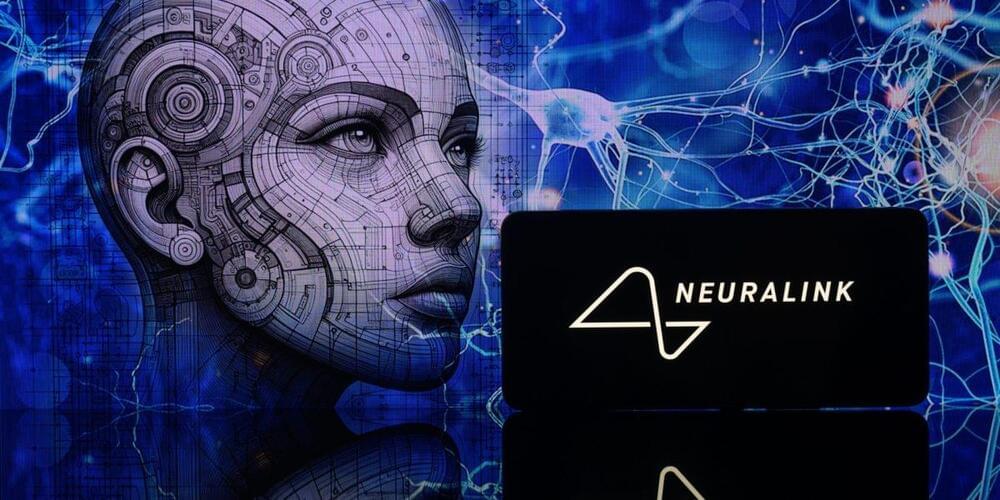
The first patient of Elon Musk’s Neuralink has been presented to the public. Noland Arbaugh had all but given up playing Civilization VI ever since a diving accident dislocated two vertebrae in his cervical spinal cord, leaving him paralyzed from the shoulders down.
When confined to his wheel chair, the 29-year-old American is totally dependent on the care of his parents, who need to shift his weight ever few hours to avoid pressure sores from sitting too long in the same position.
Moving a cursor on a display furthermore required the use of a mouth stick, a specialized assistive device used by quadriplegics.
While Elon Musk says Tesla is trying to build an AI supercomputer, his companies are spending billions of dollars on Nvidia hardware.
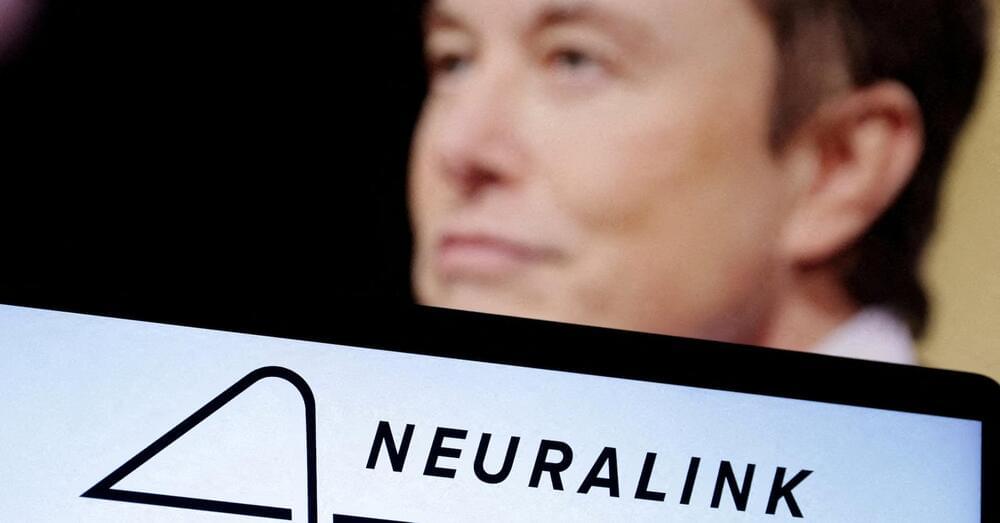
Our H+ friend Rob Wilkes alerted me to this today!
March 20 (Reuters) — Elon Musk’s brain-chip startup Neuralink livestreamed on Wednesday its first patient implanted with a chip using his mind to play online chess.
Noland Arbaugh, the 29-year-old patient who was paralyzed below the shoulder after a diving accident, played chess on his laptop and moved the cursor using the Neuralink device. The implant seeks to enable people to control a computer cursor or keyboard using only their thoughts.
Arbaugh had received an implant from the company in January and could control a computer mouse using his thoughts, Musk said last month.
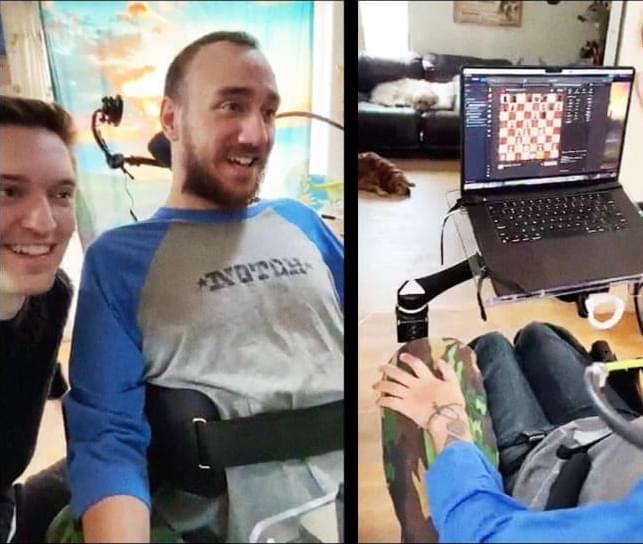
Neuralink, Elon Musk ’s brain chip startup, released a video on Wednesday showing the company’s first patient using a laptop with just his mind.
The video, which was livestreamed on Neuralink’s account on X, showed 29-year-old Noland Arbaugh playing a game of chess on his laptop using Neuralink’s brain computer interface (BCI) technology. Arbaugh is paralyzed from the shoulders down due to what he describes as a “freak diving accident.”
“It’s all brain power there,” Arbaugh said, referring to his ability to use a mouse and keyboard unassisted. He later added, “Basically, it was like using the Force on the cursor and I could get it to move wherever I wanted.”
